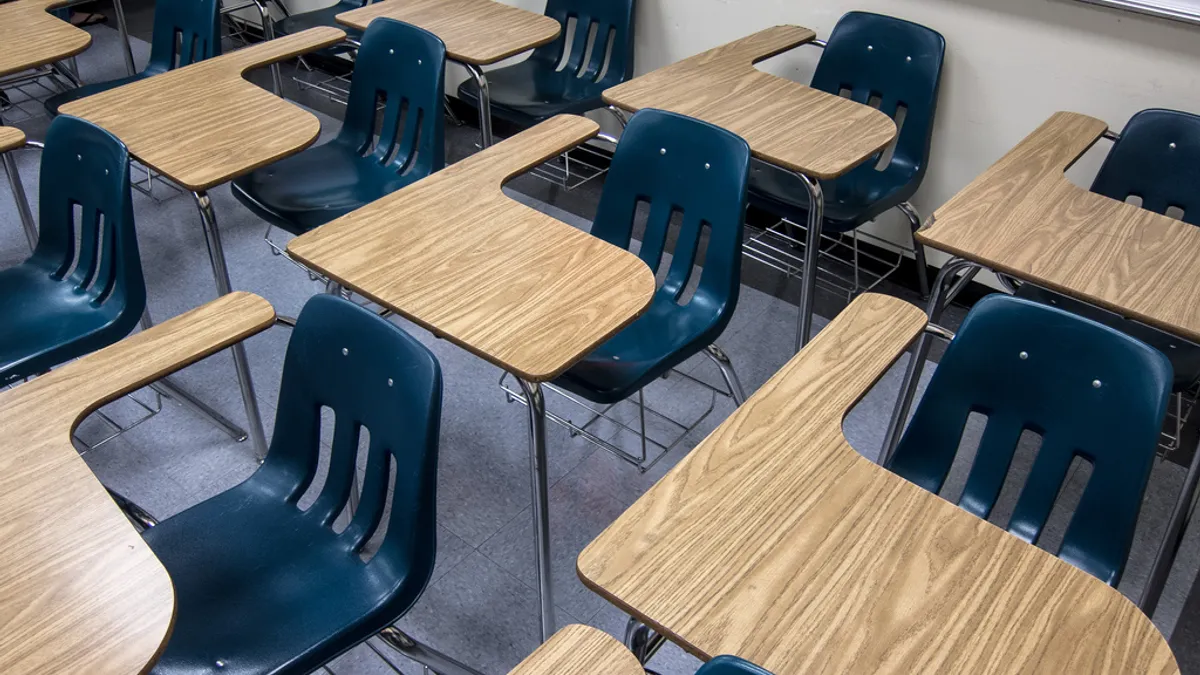Dive Brief:
- With more than 6 million students identified as chronically absent and a recent Ad Council survey showing parents underestimate the true harm of missing school even twice per month, administrators have their work cut out for them.
- NPR Ed reports schools can start by data mining attendance rates and identifying students who are chronically absent, or on their way to that designation, and use the results to launch visible attendance campaigns.
- Other strategies schools are employing include creating welcoming environments and forging relationships with families, talking to adults about the importance of consistent attendance, and combining strategies for a more comprehensive approach.
Dive Insight:
Some schools have worked with local law enforcement agencies to turn school absences into a crime. These truancy laws allow police officers to cite students as well as their parents when kids are caught outside of school during the academic year. While this has worked to increase attendance in some areas, critics say it helps reinforce the school-to-prison pipeline, which shuttles poor and minority students into detention centers and limits their chances of being successful later in life.
New research also shows the school-to-prison pipeline may be cyclical, with children of incarcerated fathers more likely to be placed in special education classes due to behavioral problems, which, in turn, makes them more likely to have lower academic outcomes and come into contact with the criminal justice system.
In many cases, schools can begin addressing absenteeism at the root of the problem by finding out why kids are absent in the first place. The Huffington Post reports that in St. Louis' Gibson Elementary School, for example, former principal Dr. Melody Gunn found that many students were staying home because low-income students had trouble getting laundry done when the family's money was constrained. She ultimately reached out to Whirlpool, which donated a washer and dryer to the school, along with 11 others.











